A few years ago I read Dr Alain Sauteraud’s book on grief “Psychologie du deuil – vivre après ta mort” in which he also talks about grieving the death of an animal. As he explains, for many the experience of losing an animal can be much harder than losing a human being: the animal cannot cheat on us, cannot hurt us with words, cannot leave us. We idealize the animal and therefore grief can be much worse than in the case of a human, even a loved one. Often, in our experience with humans at one point at least there was some form of disappointment or pain. And therefore, there is more ambivalence in our relationships with other humans.
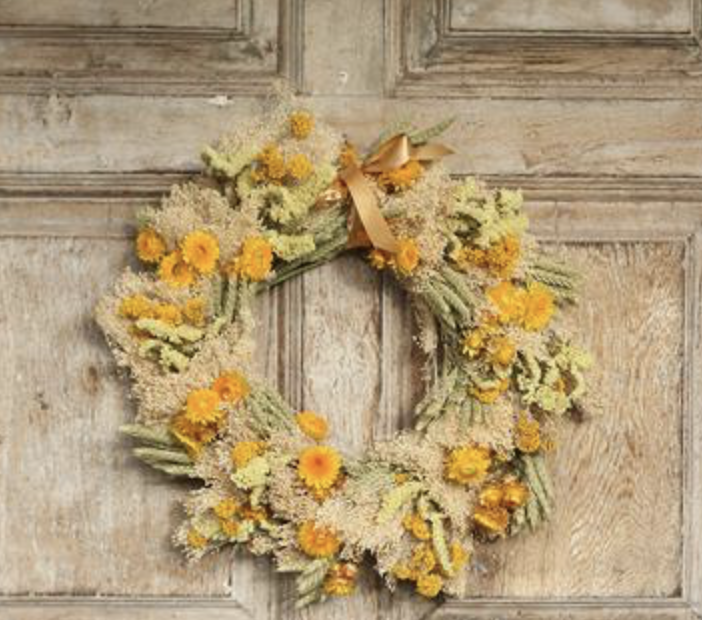
What does the death of a pet mean to its owner? How did they experience the death of their pet? How did they deal with the loss? What helped them with their grief?
“Not only your animal dies”, in German “Nicht nur dein Tier stirbt”, is the title of a book by Professor Marion Schmitt and Professor Peter Kunzmann, summarizing the outcomes of a 2-year research project co-financed by the German Federal Ministry of Education and Research. About 200 pet owners have contributed to this work by sending their experiences in texts, pictures, poems, photos, quotations. Furthermore, numerous academics and researchers have contributed to elucidate the experience of grief.
Below are a couple of selected extracts of this work. N.b. The choice of extracts is the personal decision of the translator and aims at making this information available to an English-speaking population. They cannot replace the reading of the original work and might, as they are taken out of context, not perfectly translate the thoughts and intentions of the authors. My translation certainly doesn’t do justice to the work, its importance and its beauty, but I still wanted to make this significant work available to people outside the German-speaking area.
Preface
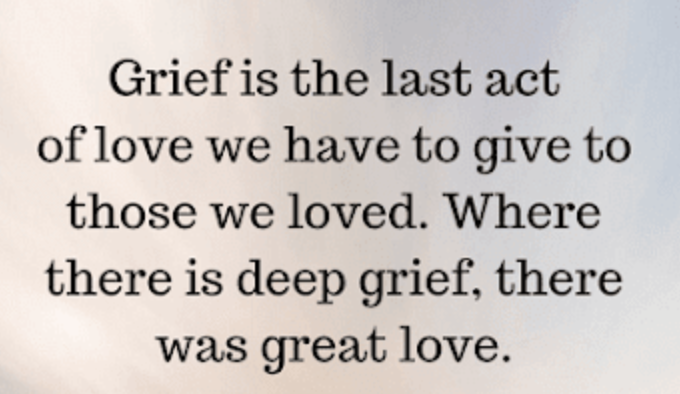
Grief and emotions have their story, their context. For the introverted recluse, who had been abused, cheated on and left, the horse is the anchor in her life. The only one she could rely on. He was therapist and friend and the foundation of all of her self-esteem, of the recognition of her worth.
For the single man, the dog is an emotional support and opener of doors to other people, a being which motivates him to get up and moving and who facilitates contact with others.
To the 80-year-old lady, the cat means structure, wants to be fed 3 times a day, she gives a reason to get out of bed in the morning. The cat gives stability in a world that changes much too quickly.
For the mother, the dog is the last connection to the region where she grew up, to an earlier life, a happier past.
It is about relationships. But not only.
Many people feel left alone and not understood when they grieve.
Animals are not humans but they are more than just animals. Their death is about much more. What is the meaning of the death? We need to know the story, in order to understand the grief.
Introduction
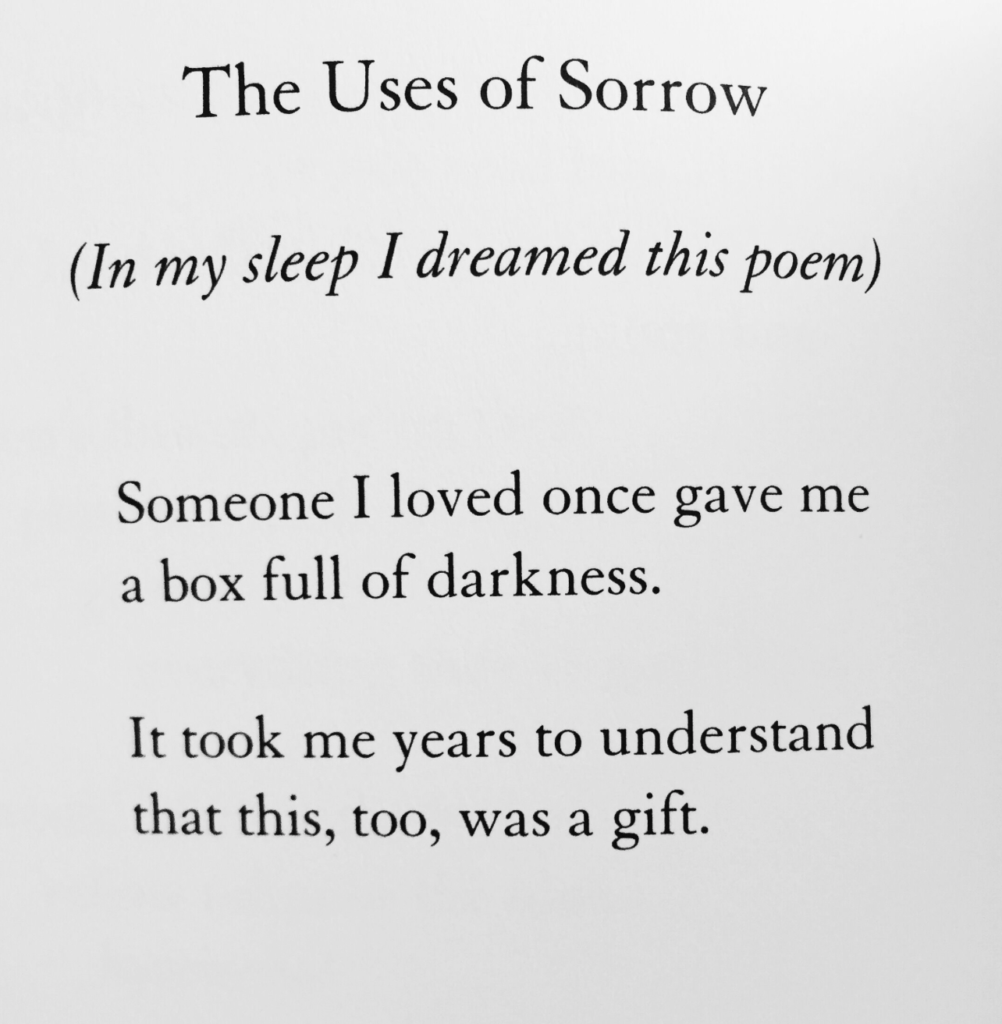
As part of the project BELECAN (Behandlungsziele am Lebensende von Companion animals / therapeutic objectives at the end of the life of companion animals) pet owners have been invited, between 2017 and 2019, to contribute to above research by sending in texts etc.
About 200 persons answered, 76% were female. They came mostly from Germany but also Switzerland, Austria, northern Italy, Greece. Most talked about their dogs 62%, followed by cats, horses, rabbits, donkeys, Guinee pigs and a hamster.
More information on the project can be found at www.tiho-hannover.de/trauer
Professor Dr. Kunzmann is theologian, philosopher and at present Germany’s only Professor for ethics in veterinary medicine. (The other contributors are also quickly presented in this chapter)
The objectives of this book
In particular pet owners without previous experience of loss regarding an animal should be supported with this document. These experience reports are supposed to help prepare people for this difficult event.
The moral values of tolerance and recognition / respect should be strengthened in the general population. « We want to draw attention to the importance of attitude towards others, which is often underestimated. It is important that we meet other people with acceptance, empathy and solidarity ».
The minimized grief
Death is an uncomfortable subject. Grief and mourning are stigmatized as sign of weakness, and are associated with the “feminine” since the antiquity. They are not wanted in a male dominated world. Grief and intense emotional outbursts do not reflect social norms in the western world. Tears, helplessness, despair do not fit the ideal of beauty, strength, success.
Grief has become unfamiliar
The bereaved often have to confront the inability of others to understand, in particular in fringe areas like the unborn or companion animals. In the latter case, there is often an additional difficulty: the owner has to decide whether or not to euthanize.
“We have to let go of the idea that we are killing an animal”
Grief is not a disease, it is a normal behaviour after a loss. This loss can be a living being or an object or an abstract construct (goals, dreams etc). Grief helps us understand the new situation, helps us find an adequate way to deal with it, helps us with a new orientation, and integration of the loss in our own life, in order to come out of this situation strengthened. Most people in the western world make their first experience with death only at age 30 or later. Death is no longer a common occurrence.
It is about acting responsibly.(..)
Vets also don’t want to let the animal go, often they know the owners, their stories. During university studies vets don’t learn to deal with emotions. High numbers of suicides show that vets face similar stress like owners, and in particular young vets have not learned to deal with it.
Many owners find solace among their family members but all too often they face minimization of their grief. The “just get a new animal”, “it was only an animal” etc. are extremely hurtful.
Grief is as individual as the grieving person. The grief remains, in spite of all tentative to find similarities, common aspects, a complex, highly individual experience. As individual as the lost relationship, is the story behind it.
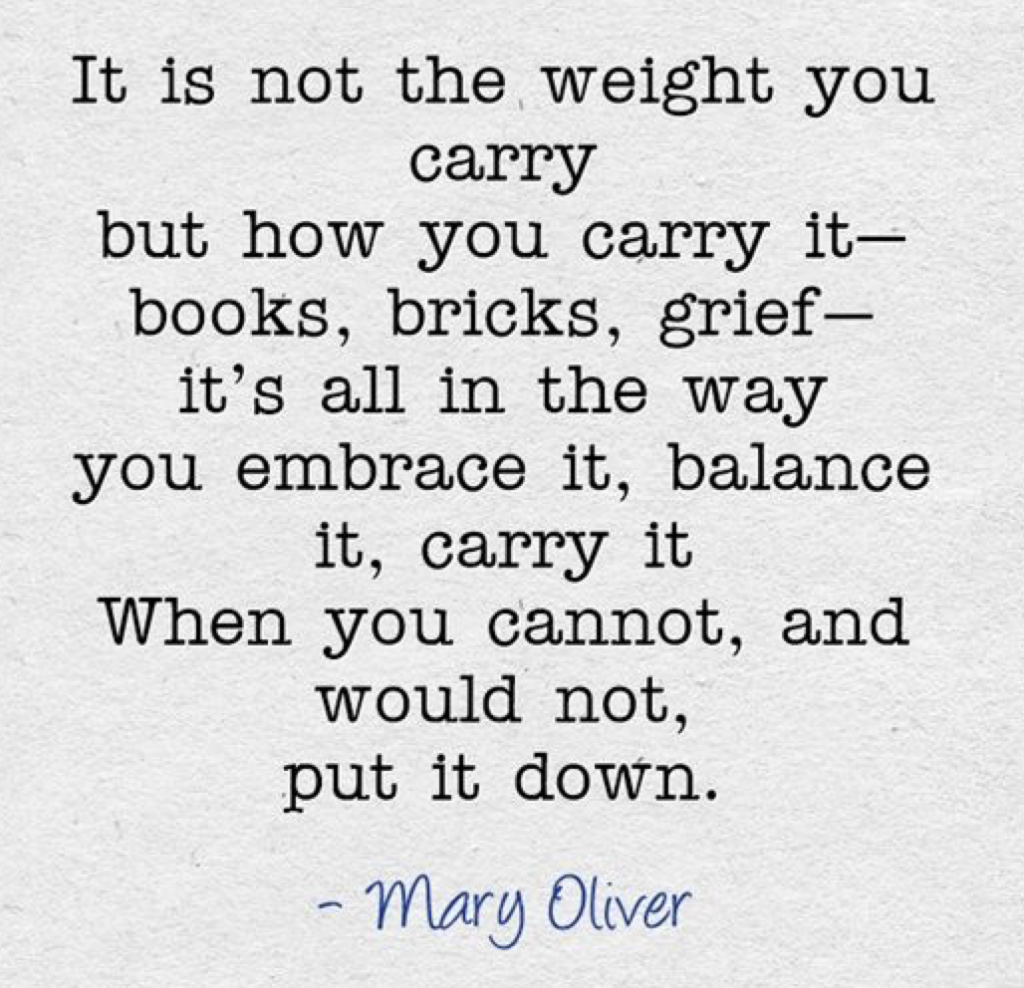
Many different things can help people grief. It is important to allow the experience of grief, to work through your loss and to organize a new life.
We need a new grief culture. We need a new understanding of humanness. Humans have to be encouraged to show and express their pain. We have a problem of communication. People don’t talk any more, nobody knows other people’s stories. In particular in a more and more multicultural world we need more understanding, more empathy, more mindfulness, more acceptance, more warmth, more compassion.
Nobody should feel ashamed for his grief. But to understand the experience, one must know the story. People have to tell the story of their life with their pet, we must not allow the story to die.
My memories of the death of a beloved animal (Silke Deschamps)
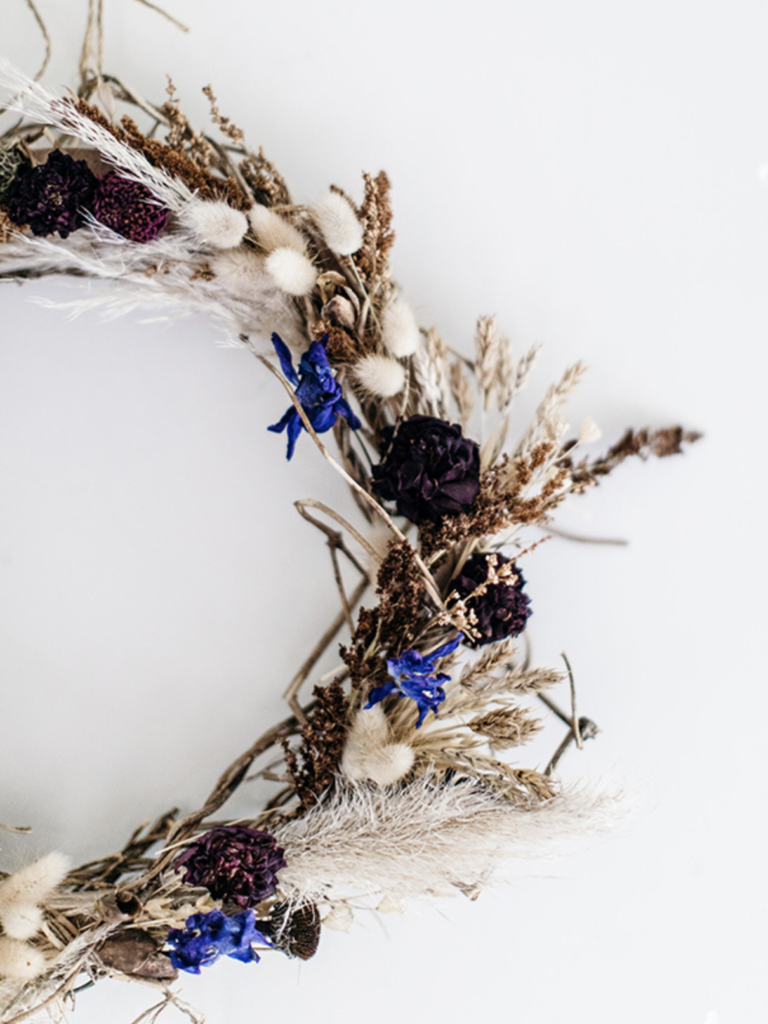
(nb. This is a particularly striking and beautiful chapter on the felt experience of moving through grief that I found tremendously helpful. My time will not allow me to translate all of it, just a few excerpts).
“I start feeling it weeks before, almost as if the animal told me what will happen. Nonetheless it hits me hard and unprepared, and each time I feel as if a part of me leaves with the animal. As if a part of me would go with the animal, like a souvenir. And the opposite is true too. A part of the animal stays here. The memories and stories keep the animal alive. At the same time, I look back with sadness and longing. The loss teaches me a kind of acceptance for life itself. Knowing that we own nothing and everything is finite gives depth to our existence and, paradoxically, a feeling of eternity.
One feels like the smallest person on earth who cannot do anything against life.
I’m with you till the end. I feel it when his end is nigh and try to give him as much love as I can. And still I’m completely unprepared, I feel like hit with a hammer.
I go with him as far as I can. I don’t fear death. I’ve seen animals and humans die, no matter what came before the death, death in itself was a calm, un-exhausting moment that passed like any other moment. There is nothing that we have to fear.
The “change of the location” has a connection with this world, the connection is love and it cannot tear apart. I believe everything exists to live and learn and that everyone, human and animal, looks for a new task for themselves. Just to make new experiences and to continue to develop.
Talking about memories until even I cannot hear it anymore: I feel that helps me. Only people who have loved and lost an animal know how it feels.
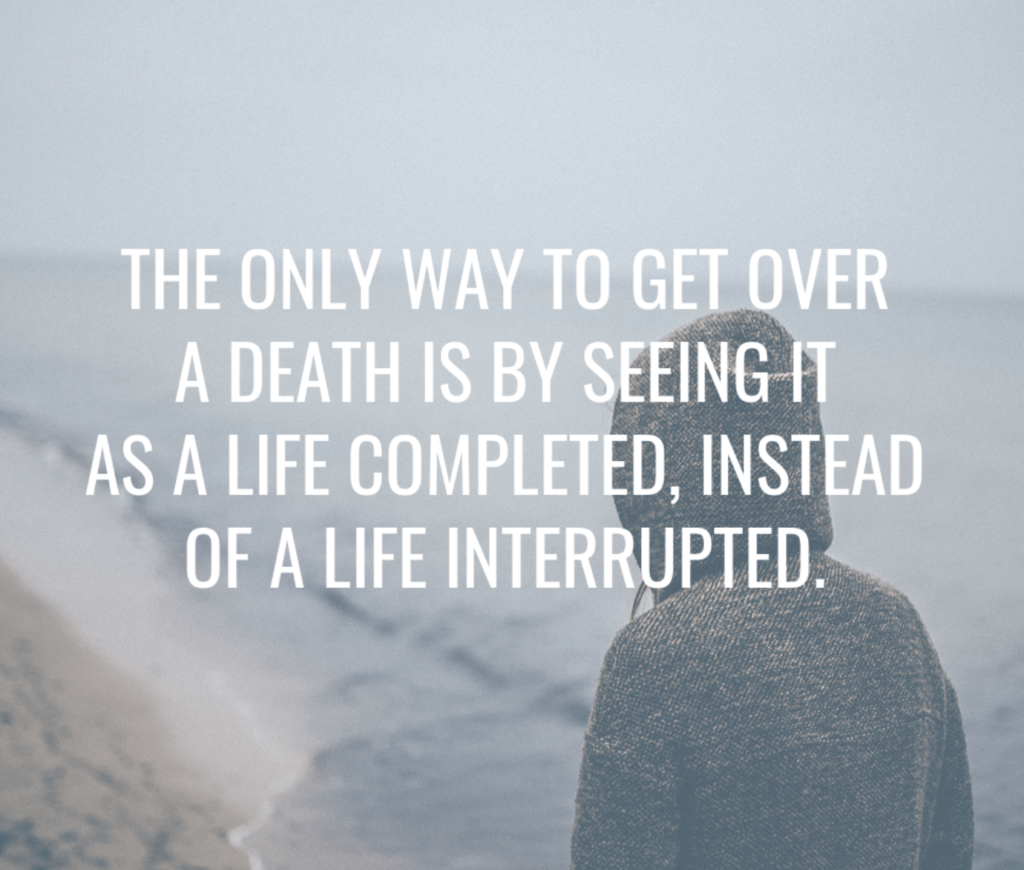
What now? Animals will stay a part of my life. I know I’ll have to see many more die. Death is part of life. A silly, smart phrase that is unfortunately true. Caring for animals, the young, the old, the sick, fills me with joy, even grief cannot take that away from me. Grief is the worst of feelings but grief is love. And I cannot imagine a life without love.”
Decisions about euthanasia
(Several chapters consist of quotations of pet owner’s letters)
“I was shocked by the death of the first cat. That experience helped with the second”.
“His death was peaceful. “
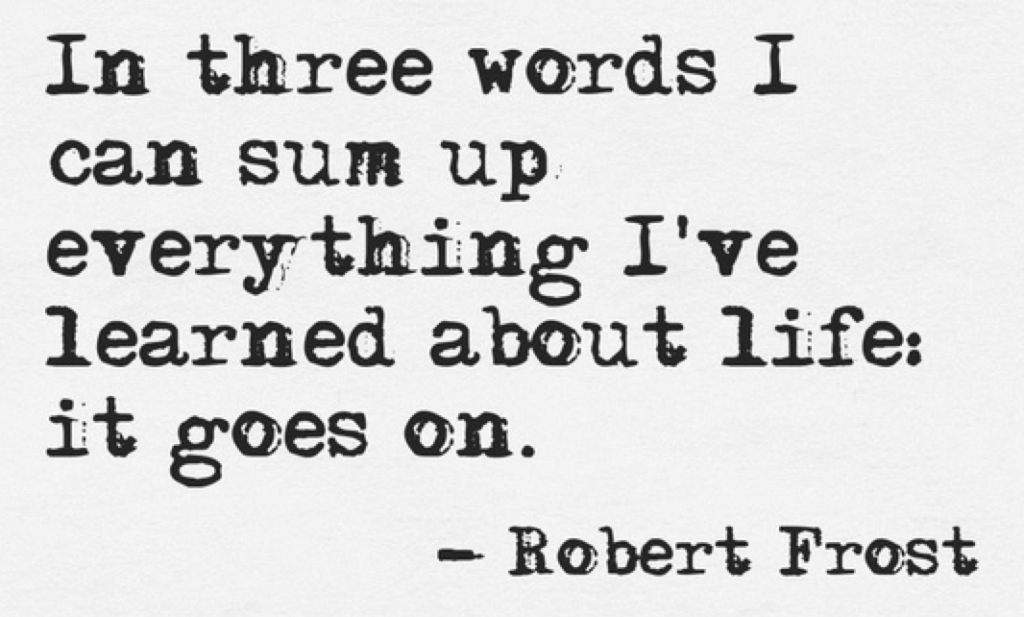
“The operation postponed his death by 6 month”
“My vet told me, only a few dogs die peacefully in their basket”
“I was afraid of the hole that his death would leave in my life”
“Some animal owners search for answers about the right moment on internet forums, they ask for criteria of ‘quality of life’ as if someone far away could answer the question if to euthanize the animal or not and when”
“Of course, it is a horrible loss. But the animal has the privilege that we can spare them needless suffering. That they can die with dignity”.
Not only your animal dies
When the time comes to let go an animal, one gets the impression that several aspects, dimensions, of the relationship are densified and concentrated. People experience deep gratitude, relive happy memories, or painful guilt which can entangle in intense despair and grief. Some forget quickly. Some distance internally from the experience. Others react with idealization of the animal.
When they say goodbye, the true nature of the relationship with the animal shows. Death, this dark secret, seals it and reveals it. Death also reveals some aspects of the human that he might not have known about himself. The theologian Simonis says that death is the price of love. The pain comes not from life being finite but from losing what matters to our heart. It is only because of the link between the dead and the human, because of our affection for it, that death hurts us. For many humans, death puts a mysterious end to a unrepeatable relationship. This is why we have to take the grief of a human, who lost an animal, seriously. (…)
Grief about an animal in a psychotherapeutic-psychosomatic perspective (Dr. med A. Gerdes)
“Who says that you cannot touch happiness has never stroked a dog”
“Horses give us the wings we don’t have”
An animal becomes social partner for many people in the west because of the increasing isolation of humans.
Confronting death becomes one of the biggest challenges during the life of a human, as there is no hope for a positive outcome. The death of an animal pushes us to consider that life is finite and that our own existence will end, which puts additional stress on the human soul. (..)
What impacts the process of grieving is the psychological stability of the grieving person, his social integration, his cultural background, possible earlier experiences with the loss of animals or humans, as well as the spiritual and religious involvement prior to the loss.
The French bulldog Molly motivates her owner to get out of the bed in the morning, giving her depressed owner a reason to get out of bed and a high degree of structure because she wants to be fed and walked regularly.
Whatever the nature of the human- animal cohabitation, examples like this show us that the loss of an animal can have a profound impact on the human. Another example is a Frisian gelding that helps his disabled owner find the motivation to overcome his limitations and try harder in order to keep riding the horse because “horses give us the wings we don’t have”.
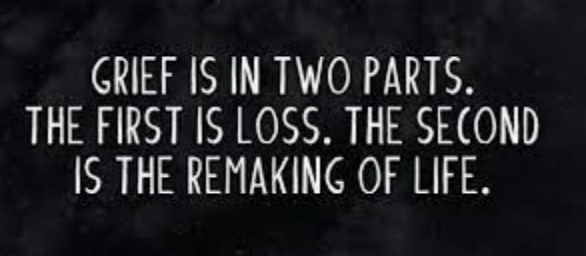
Depending on the individual deficit (social contact? movement? structure?) that arises in the life of a particular human, the grieving process will be different. The more isolated the human and the bigger the spectre of tasks the animal had, the more complex will the process of mourning be.
In the phase of the opening of the emotions, it is important that the human reflects on the animal in its entirety, both good and bad aspects of the animal and to recognize and to accept all the emotions associated. If there is guilt this should be evoked.
A ritual like a burial or symbolic acts can be helpful for a favourable mourning process.
Obviously, well-meaning phrases like “it was just an animal”, “just get a new one” are not helpful or appropriate.
Depending on the role the animal played, I will be helpful for the human to find new structure, social activities and a positive future perspective. Those are the functions animals have for some humans but not all animals have such important roles.
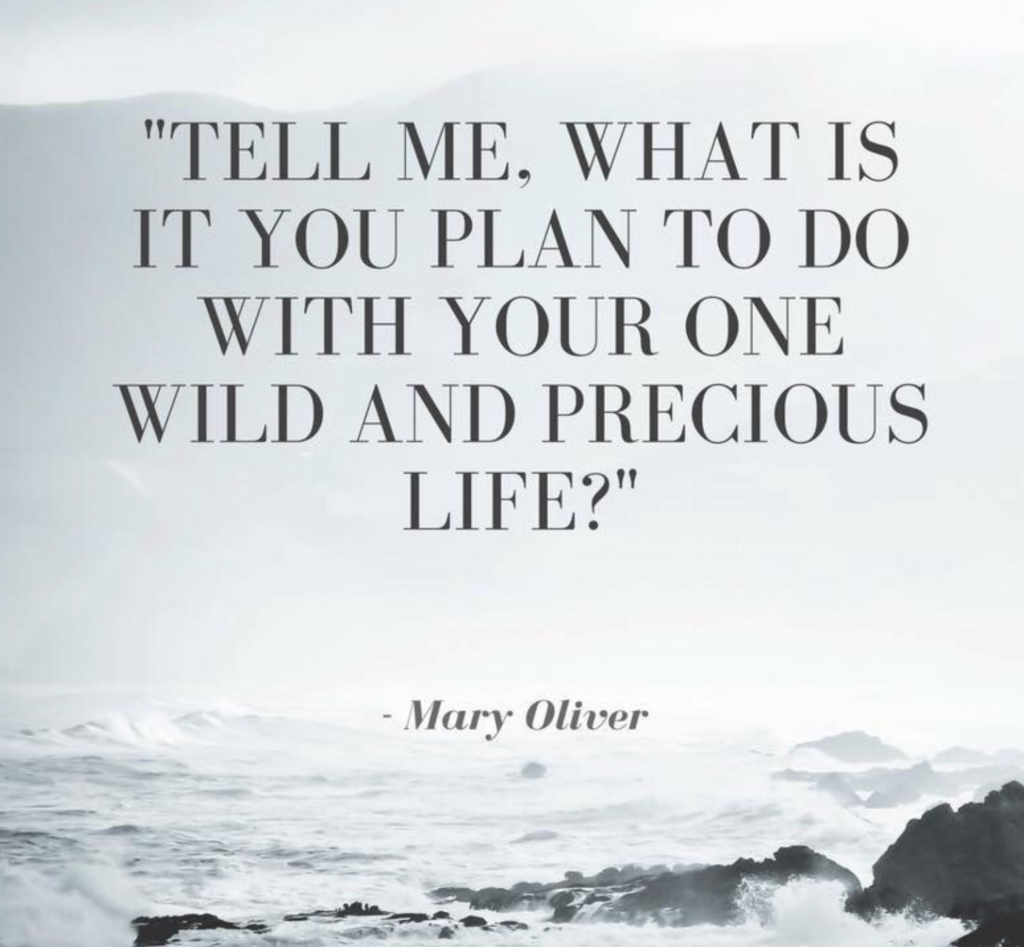
Mourning takes time. There is no “recipe” for moving through the different aspects of grief with as little suffering and as quickly as possible. There a many ways to express grief and most people find their way intuitively.
The process of mourning can only be accompanied by a therapist if this person has background knowledge about the cohabitation of the animal and its owner as well as the task that the animal accomplished for the human.
Memories and solace
(Several chapters consist of quotations of pet owner’s letters)
This is a beautiful chapter with quotations about what people found helpful. It revolves about gratefulness for what was, new perspectives (new animal, easier travelling etc.), social relations that were helpful (discussions, finding understanding), rituals (burials, ceremonies, artwork etc.)
“My life has since then changed. I’m no longer afraid of death”
“I fear that I will forget his intricacies and his personality… that the memories will become weaker!”
“Nobody could really help me”
“What helps? Time. Talking about it”
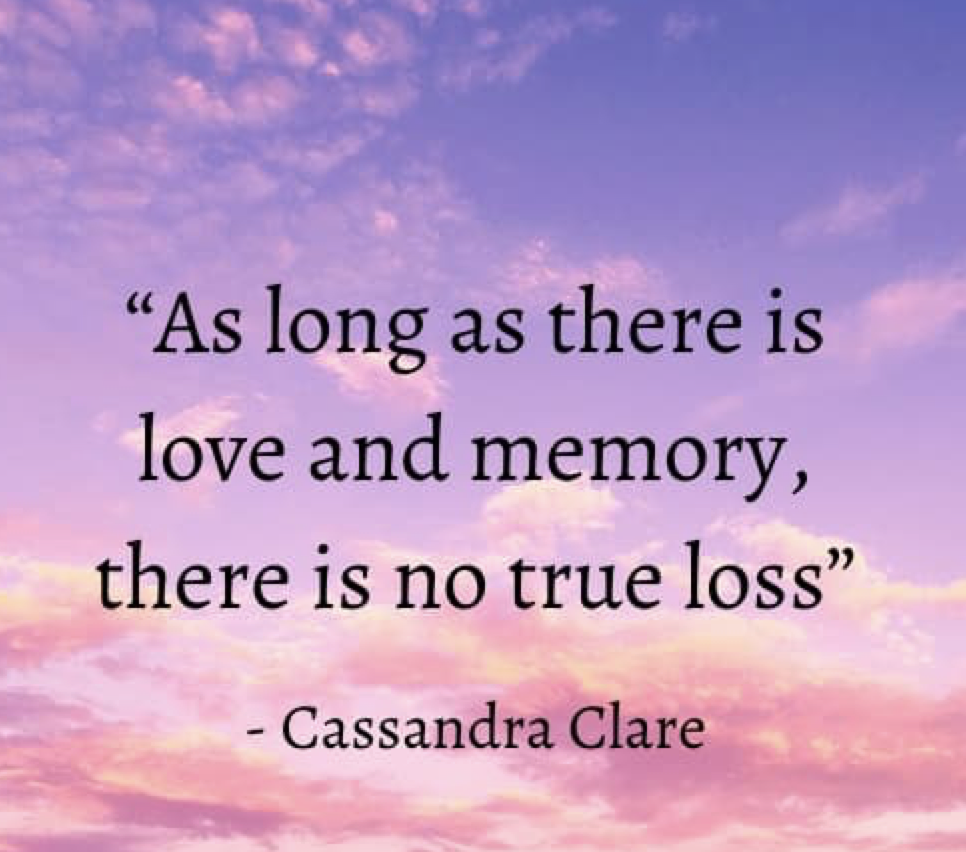
“Distraction through work”
“What always helps me: work and movement”
“I cannot stand having his things around, I had to put them out of sight”
“I don’t need things to remember him, I will never forget him”
“His blanket is now in my bed”
“I threw away his toys back then, I could not stand seeing them. I regret it now”
“I’ve taken his pillow in the arm at the beginning. The more the smell vanished, the more the grief vanished too”
“I have gotten a tattoo with his name”
“I got a tattoo with his brand mark on my arm”
“An imprint of his paw is now engraved in our wedding rings”
“I still have horn of my first mare, she raised me too”
“I find it gruesome to keep fur to make jewellery”
“When my cat died, I realized with some fright that I had not kept anything from him. So I brushed the hair off the his blanket and the sofa to have a souvenir. Since then I have gotten me little wooden boxes for each of my cats. In each I’ll collect early on some hair or whiskers that they lose. And whenever I feel like it, I’ll take it out and look at it and happily remember the time we spent together”.
“We have photos of her everywhere”
“We’ve made a collage of photos for the living room”
“I’ve made a photo book with phrases. It was a lot of work but it helped me”
“A picture of him is on the screen of my computer”
“I’ve put an obituary in the journal”
“I’ve written a letter to my cat thanking him for the years together”
“I’ve written an obituary, that was difficult. I’ve written the 22 years from her perspective and made a booklet out of it. That helped”
“Rituals helped”
“We’ve buried her in the garden. Doing this and creating the grave helped me”.
“The precious experiences I was able to make from puppy to old age and death. Animals explain us the whole life. In fast motion”.
“We’ve made a shroud together with the vet and a friend, the cat also left a footprint on it.”
“The night after the death I started writing about her, it grew into a book”.
“I read books about how others deal with it”
“Music always helped me, it gave me the opportunity to think intensely about her”
“I bought myself a book about grief, it normalized everything I felt. That helped me”
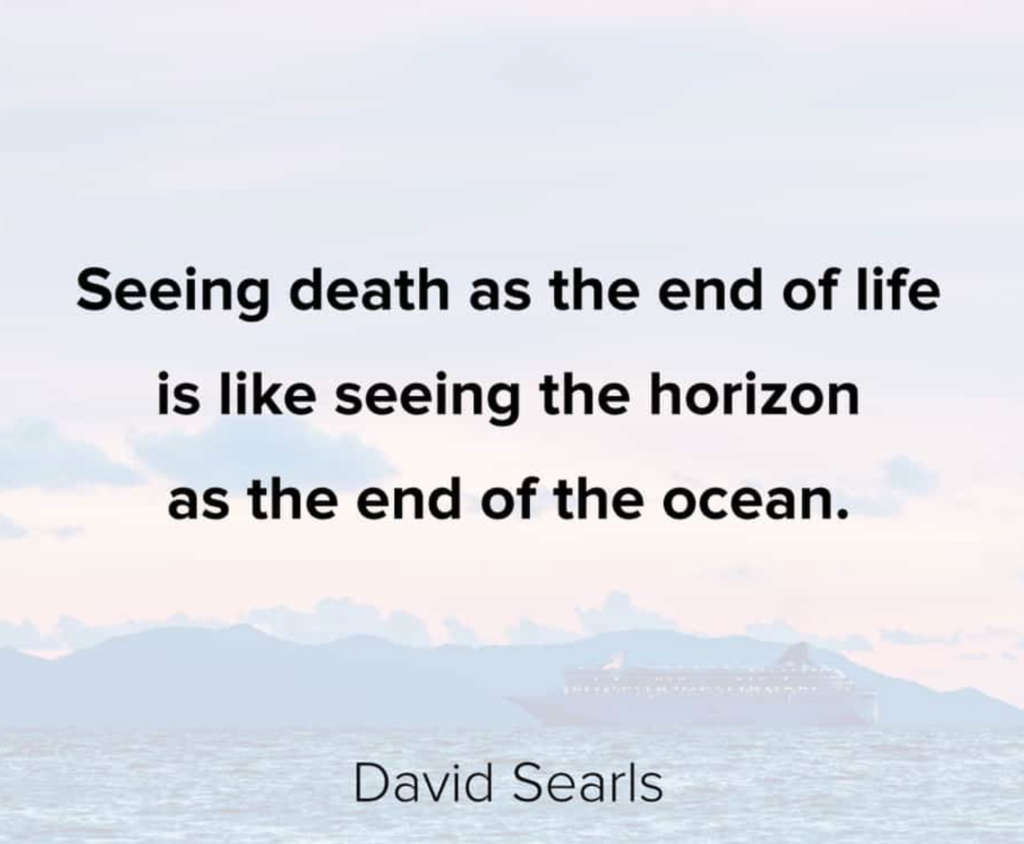
“My family and friends know that animals are family”
“Talking a lot with my husband and seeing he understands and feels the same way”
“I did not dare having a new animal, because I fear of the end”
“It helps us to observe and to have contact to other dogs, the neighbour’s dogs for instance”
“The dog of my daughter helped me”
“I don’t want another animal but sometimes I wish I would not have to make that decision and that I would find a homeless animal”
“Since I’m 12 years old I volunteer in an animal shelter. I had more than 16 dogs in pension over the past years. I train them and then they move to another home. And then I cry again as I’ve lost another dog. But I’ve found the perfect home for him, the best life for him”.
“It was impossible not to have a dog in our home”
“What helped me was to choose a “Whiskey” the following Saturday and to have a new task”
“We’ve contacted the local shelter and got 3 new young half feral cats 10 days later. They have tinted the grieving period positively”
“Today, a month later, I have digested the loss a bit. I can imagine having another pony”
“Two days later I got another dog. I scrolled the internet and by chance I found the perfect puppy near me. He helped me over the loss. Nobody else, not even my mother or my partner or anybody else would have been able to do that.”
“My husband, therapy, self-refection”
There are many more mentions about burials, creating graves and ceremonies on regular intervals in the book, too many to translate.
Others are about not being alone, some put a mention on their facebook with photos and are soothed by the answers of their network. Talking about the animals with friends and family and remembering the good times, or oddities of the animal, even being knocked out accidentally by a horse, was mentioned as soothing. Also, focusing on the care of other / a new animal.
Taking on new responsibilities that are meaning making / sense making: one participant facilitates a local community group for pet owners who deal with grief, after doing a training in the field of grief / bereavement.
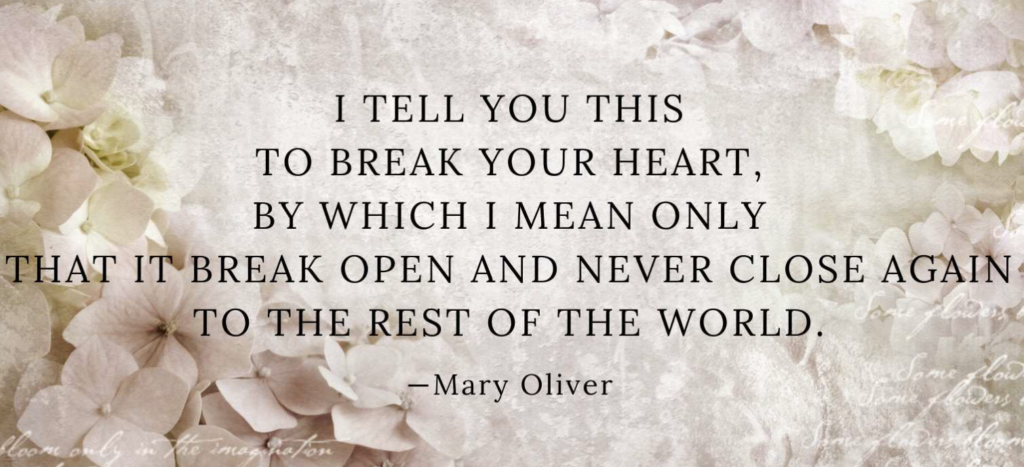
Saying farewell with dignity – Grief and Rituals
Written by Andrea Bartsch, funeral speechmaker for animals
It does not matter what or whom we mourn (a job, health, a partner) but a good farewell is always helpful, even necessary.
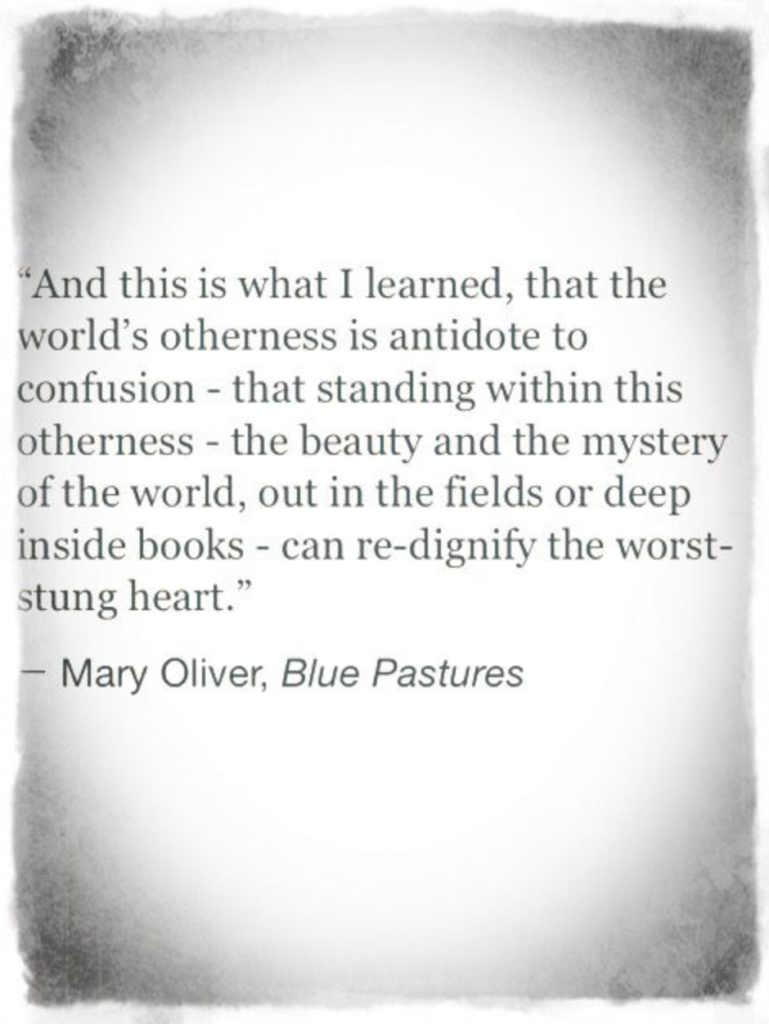
Many have made the experience that it is helpful to “do” something, which expresses a new start / a change / farewell. Rituals facilitate orientation in new, sometimes challenging, situations.
Death is not cruel, it is part of life like birth. In particular, in the last days and hours, intense moments can arise which have long lasting effects and which people would not want to miss from their lives. It takes courage and strength to go this path of farewell in a conscious manner, but it is worth it.
The burial
Then follows a chapter about the burial itself, if the animal is incinerated or not, if yes, where the urn is stored. If the ash is given back to nature etc. If somebody makes an artisanal personalized urn. Some have a real little graveyard in their garden that they take care of. How the ex-wife came back to join in for the burial as the dog was a “separation dog”.
The hereafter
Then follows a chapter about how the pet owner imagines the life hereafter of his animal, some are down to earth, others have hopes of meeting again.
Without a home but not without love: grief in animal shelters
This beautiful chapter tells the stories of loss in animal shelters, how humans did everything for animals young and old and still could not save them sometimes. Or how the owner of one elder dog could not take care of the animal and it was impossible to find a new owner until the end.
Epilogue
Grief is not universal.
Grief is not predictable.
Grief is not a disease.
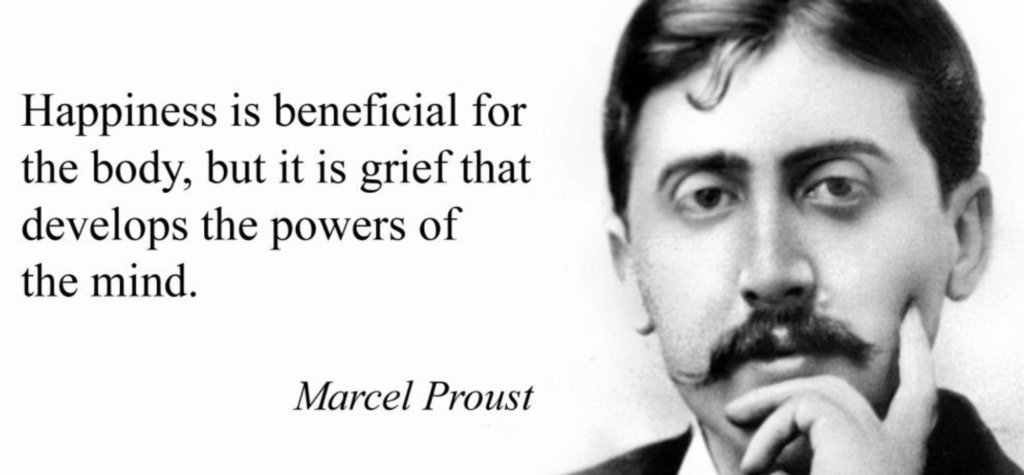
Grief does not stop at one point.
Many factors influence grief, every human, every animal is unique. And often it is about much more than the “loss”. Not only your animal dies. Companion animals are not just animals. They have a much greater meaning for their owners. They are loyal friends and members of the family. It is not about the absence of an animal but about the loss of something cherished.
There are more and more companion animals in Germany. Every year about one tenth of them dies. You are not alone.
Grief is a process, an adaptation, a lesson. A path in a new life. The loss is integrated into life, into the personality. It stays. It is an interrelation of bitter sweet memories and joy of life.
Forgiveness and forgetting are not the same. You don’t have to forget or to pretend that the dead animal had never existed. But do forgive.
You are allowed to feel happiness again. Laugh. Live. Allow yourself to be happy again. Say “yes” to life. The dead animal would not have wanted anything else. And do forgive, most of all yourself. Just don’t forget the story.
Saying farewell: Information leaflet for dealing with grief
How to deal with the loss of an animal? This section deals with euthanasia, funerals, the possibility to leave the animal with the vet, incineration, followed by the different aspects, “tasks”, we face when grieving:
1 Realizing the death
2 Accepting, acknowledging the loss
3 Accepting and experiencing reactions of grief
4 Reconstructing the common life- and relationship-narration
5 Giving the “farewell” a “shape” (rituals etc.?)
6 Finding a way back into life
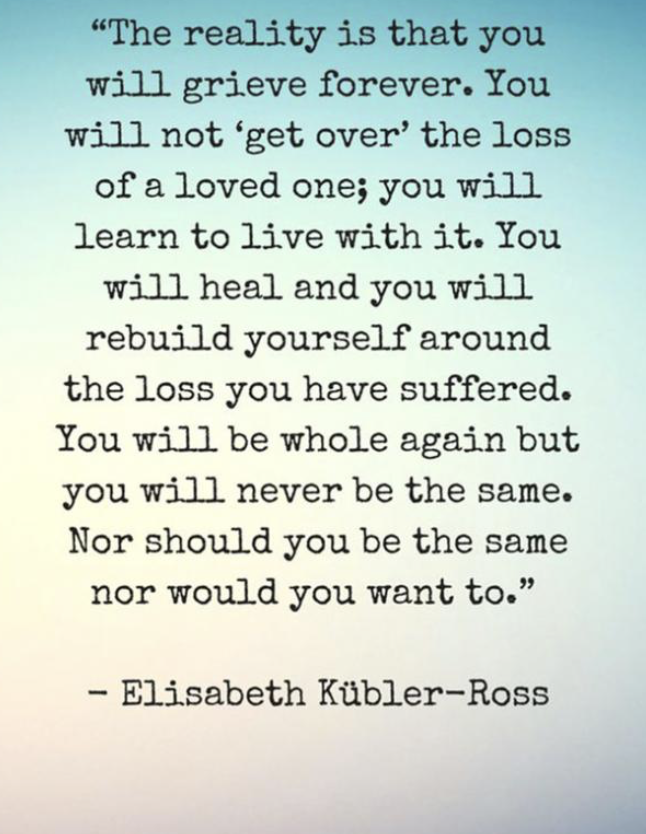
Different ways to cope
If nothing really seems to help, there are many ways to deal with your grief. Take time for mourning and walk this path in your own rythm. You know best what is good for you. This section therefore just provides a couple of suggestions about what other pet owners found helpful:
Allow yourself to grief, maybe with professional help
Grief together with others, family members, other pet owners etc.
Cherish the memories you had with your animal, eg through rituals etc.
Write your thoughts and feelings down, eg in (farewell) letters, poems, songs
Take time to look at photos, put framed pictures inside your home, or set them as background picture on your cell phone or computer
Create photo books, pillows, collages, portraits, puzzles, candles, photo frames, calendars, jewellery made of hair or teeth, an engraving / tattoo, imprint of paws, names, or brand. Dutch brand Vedder&Vedder offer personalized paw imprinted jewelery
Define the details of the burial, eg where to keep the animal: farewell / burial or incineration among friends, scattering the ashes together with friends, funeral oration, funeral feast, obituary in the journal, creation of the coffin or the urn, (virtual) gravestone or cross
Create a memorial eg with jewellery, candles, flowers, pictures, personal objects and souvenirs
Keep important souvenirs eg the collar and the leash, halter, the dog tag, pillow, blanket, baskets, toys etc.
Consider taking a new animal, or pension animal or good parenthood of an animal (or dog sitting or volunteer work in a shelter?)
Allowing yourself to live your life, eg. through everyday life, sport, movement, travelling
Nb. For time reasons, there are a few chapters I have left out of this summary
I believe writing a gratitude journal regularly while your animal is alive will be helpful too, once (s)he is gone. Also, EMDR can help with traumatic grief.
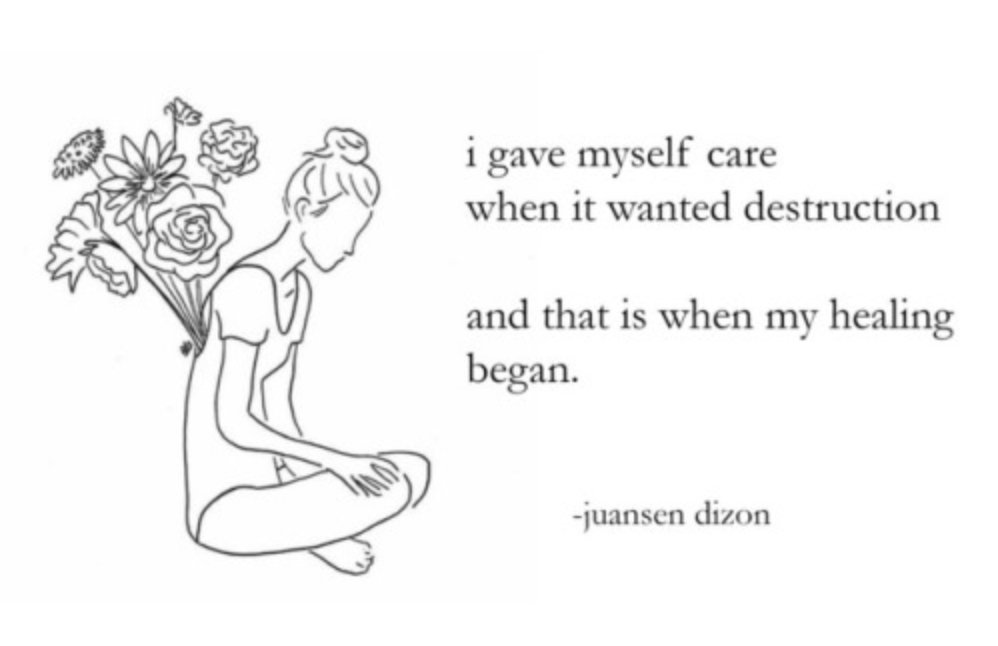
Other sources
There are many books about Grief, I came across Julia Samuel’s “This too shall pass” and “Grief works”, as well as “Good Grief” by Catherine Meyer and Anne Meyer
Many find the poetry of Mary Oliver healing, thanks to R. S. for bringing the work of this woman into my life
« Why We Need to Talk About Our Fear of Death »: Article about death cafés in Dublin and in San Diego, and death rituals around the world, shamanistic ways of healing the body by moving the energy of trauma and loss out of the physical body
Quotes about grief
https://www.yourtango.com/2017307220/quotes-grief-loss-after-tragedy-las-vegas-shooting
